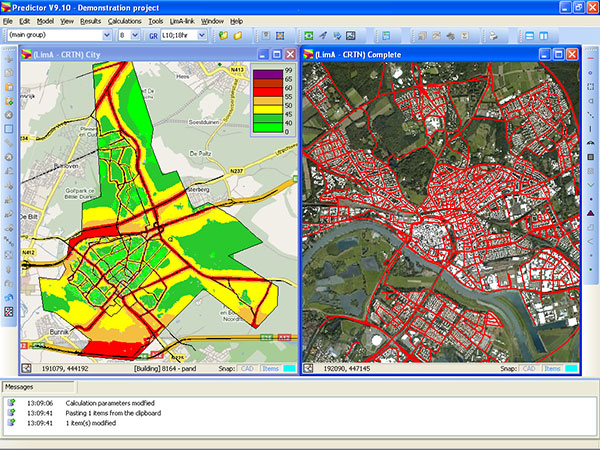
Selection of an Acoustical Consultant
November 20, 2019
Predicting Interior Noise Levels
November 20, 2019There are many tools available for predicting industrial noise levels, reverberation times and the effectiveness of noise-control measures. These comprise manufacturers’ test data, prediction algorithms, or empirical models, as well as more complex method-of-image or computer modeling. This article will briefly discuss several of the methods to predict exterior noise levels.
Measurements
The easiest way to predict the noise levels that will be produced by a proposed project is to locate and measure the noise at either an identical or a substantially similar existing site. However, chances are the measured data will need to be adjusted in some way to allow for differences in equipment or operation that will occur at the new project site.
Manufacturers' Test Data
Nowadays, many equipment manufacturers recognize that noise is an issue. Therefore, they have had their equipment tested under laboratory conditions and can provide the consultant with valuable acoustical data, such as sound power levels.
Prediction Algorithms
he absence of available equipment to measure, or the equipment manufacturers’ data, it is sometimes necessary to use standardized prediction algorithms to estimate equipment noise levels. These are based on one or more studies that have been conducted over the years. Unfortunately, some of the algorithms are based on measurements of older technologies that may not accurately reflect today’s equipment noise levels.

Computer Modeling
Computer modeling is usually employed in predicting transportation noise (e.g., traffic, railroad and aircraft). The noise prediction is calculated by input of many variables, any of which can have a dramatic effect on the result. Computer models can be extremely accurate, but it is essential to base the model on good data, and to calibrate the model with measurements of existing conditions.

Propagation
This is the hard part. Establishing the noise levels of the various sources (as described above) is comparatively simple. But numerous studies have been performed, and volumes written, about noise propagation. At short distances (100’ to 300’) propagation can be fairly straightforward. Only intervening barriers need to be seriously considered. But at longer distances, we need to be concerned with ground and atmospheric effects. These can significantly increase or decrease noise levels, often within moments. This issue is very complex, and will be discussed in greater detail in a future article.
The Art of Predicting Noise
As indicated above, there are a number of tools that can be used to predict exterior noise levels. But the most important one, the reason we are hired, is experience. This is the “art” of predicting noise. Knowing when and how to tweak the models, and understanding the relationship between the many variables, is what makes the difference between a “prediction” and a realistic, reasonable estimate.




